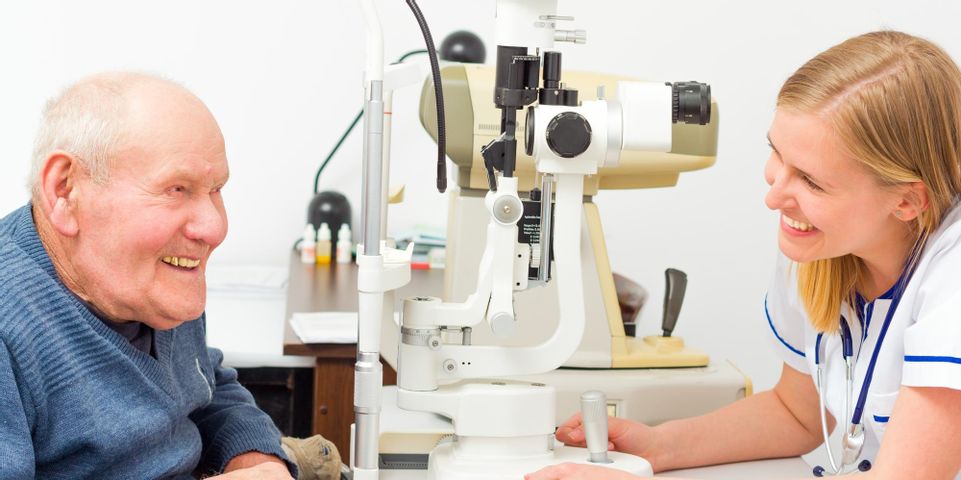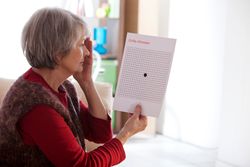
Age-related macular degeneration (AMD) impacts more than 10 million Americans and is the No. 1 cause of vision loss. However, not everyone understands what a diagnosis of this deteriorating eye disease means. There are two types of AMD: wet and dry. This disease occurs when the inside back layer of the eye that sends the images we see to the brain begins to deteriorate.
Dr. Lieblong strives to provide the most up to date comprehensive eye care to his patients. He has recently acquired the Maculogix AdaptDx Pro which will give him the opportunity to change the future of macular degeneration care because it allows him to screen everyone at risk and identify macular degeneration earlier. The whole objective is to reduce the number of patients losing vision from macular degeneration, which is one of the leading causes of loss of vision in the United States.
A Guide to Macular Degeneration
The Disease & Its Causes
Dry, or atrophic, AMD is the most common form of macular degeneration, affecting up to 95% of those diagnosed with the eye disease. Dry AMD is characterized by white or yellowish deposits that develop on the retina, causing slow deterioration.
 Wet, or neovascular, AMD is less common, only impacting up to 15% of those diagnosed with macular degeneration. It is more severe and develops rapidly, causing central vision loss. It results from abnormal blood vessel growth behind the retina that causes the macula to pull away from its base.
Wet, or neovascular, AMD is less common, only impacting up to 15% of those diagnosed with macular degeneration. It is more severe and develops rapidly, causing central vision loss. It results from abnormal blood vessel growth behind the retina that causes the macula to pull away from its base.
It’s unclear what causes macular degeneration, but age, genetics, and environmental conditions, including smoking and diet, are believed to play a role. Caucasians with a family history of the disease are most at risk, and it occurs most often in people older than 50. Obesity and those with heart disease are also more susceptible. In both wet and dry AMD, the resulting vision loss affects a person’s ability to read, drive, and recognize faces.
The Treatments
While there is no cure for macular degeneration, there are ways to slow its progression in those that have been diagnosed. Your eye doctor will recommend eating a well-balanced diet, exercising regularly, and avoiding smoking and ultraviolet light. Other treatment options might include laser surgery, medication, and a special combination of vitamins and minerals.
Lieblong Eye Clinic in Russellville, AR, provides eye health evaluations for patients of all ages to help identity, treat, and prevent a variety of eye diseases, including AMD. Resident optometrist Dr. Jim Lieblong has been in practice since 1979 and uses a state-of-the-art Retinal Imaging System to see internal images of the eye. Call (479) 968-2020 to schedule an appointment, or visit them online to learn more about dry eye.
About the Business
Have a question? Ask the experts!
Send your question

